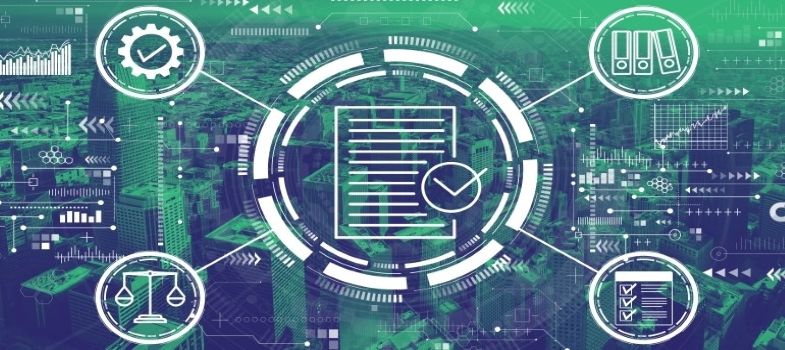3.5 Instruments and equipment
As well as looking at processes, a good quality management system (QMS) will make sure that instruments and equipment are functioning correctly. Instruments must be installed and used according to the manufacturer’s instructions. Any new equipment should be validated before being used routinely and kept maintained in full working order, and all staff should be trained on its use.
Equipment and instruments may also need to be calibrated:
Activity 7: Example of a ‘calibration’ SOP
In this activity you will look at an example SOP that covers the calibration of equipment and instruments used in a laboratory.
Read Annex 5 (pp. 39–45) of Laboratory Quality Standards and their Implementation [Tip: hold Ctrl and click a link to open it in a new tab. (Hide tip)] (WHO, 2011b) and answer these questions:
- Whose responsibility is it to train staff to perform calibration/performance checks?
- What factors determine the calibration schedule?
- What action should be taken if an item is found not to be calibrated correctly?
- Is it necessary to recalibrate equipment that has been relocated?
Discussion
- It is the responsibility of the supervisor of the section where the equipment is housed.
- The calibration schedule is determined by the manufacturer’s recommendations, reference standards and recommended time intervals.
- The item should not be used until it is readjusted back into calibration. QC testing may be necessary to assess whether quality has been compromised with measurements taken recently.
- Generally, the item should be recalibrated after relocation, but the manufacturer’s recommendations should be checked.
3.4 Using controls



